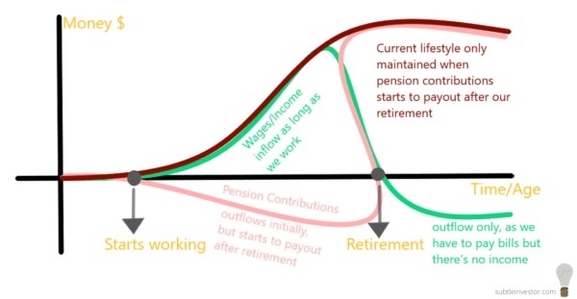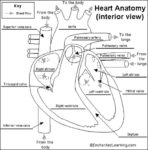A Family Tree Template is a visual tool designed to map family relationships in a tree-like structure. It’s a chart that outlines the relationships and generations of a family. This chart is used for various purposes such as school projects, genealogy, tracing family history, and other special reasons.
Family trees take various forms, and people tend to get creative with them. They provide a distinctive and simple way to immortalize your ancestry. They also serve as a roadmap and the foundations for future research of establishing family ties.
Traditionally, family trees were drawn by hand on charts made of paper and published in books. But nowadays, most people use online platforms to digitally generate their ancestries. Making a digital tree has a lot of advantages, such as the simplicity with which information can be added and updated.
You can save copies of the records you find online and attach scanned images of pictures and documents to a family members profile (e.g. photos, birth/death certificates, etc.). Users of family tree software and family tree websites can also download their data into a file known as a GEDCOM, or Genealogical Data Communication. This unique kind of file enables the user to transfer family tree information between family tree applications.
There are several types of family trees, each serving a different purpose:
1. 3 Generation: This type details a three-generation relationship and connection of a family. This chart includes grandparents, parents, and children.
2. 5 Generation: This type shows five-generation of a family. This includes tracing the family history from the present to five generations back.
3. 7 Generation: This type outlines a multigenerational relationship and linkages of a family.
4. Reunion: This type is a fun and simple visual presentation of your family. This documents, stores, and gatekeeps family records and information.
5. Photo: This type shows different family members, their names, and their images.
6. Kid-Friendly: This type helps introduces family members and family history to young kids.
7. Genealogy: This type uses important documents, historical records, and the likes to come up with substantial family tree information.
8. Inversed: This type shows the diagram in reverse order. This type starts with a person in the past and then build-up to the present.
In conclusion, a family tree template is a powerful tool that helps individuals and families understand their roots, heritage, and connections. It serves as a visual representation of one’s lineage, making it easier to trace familial relationships and history..


